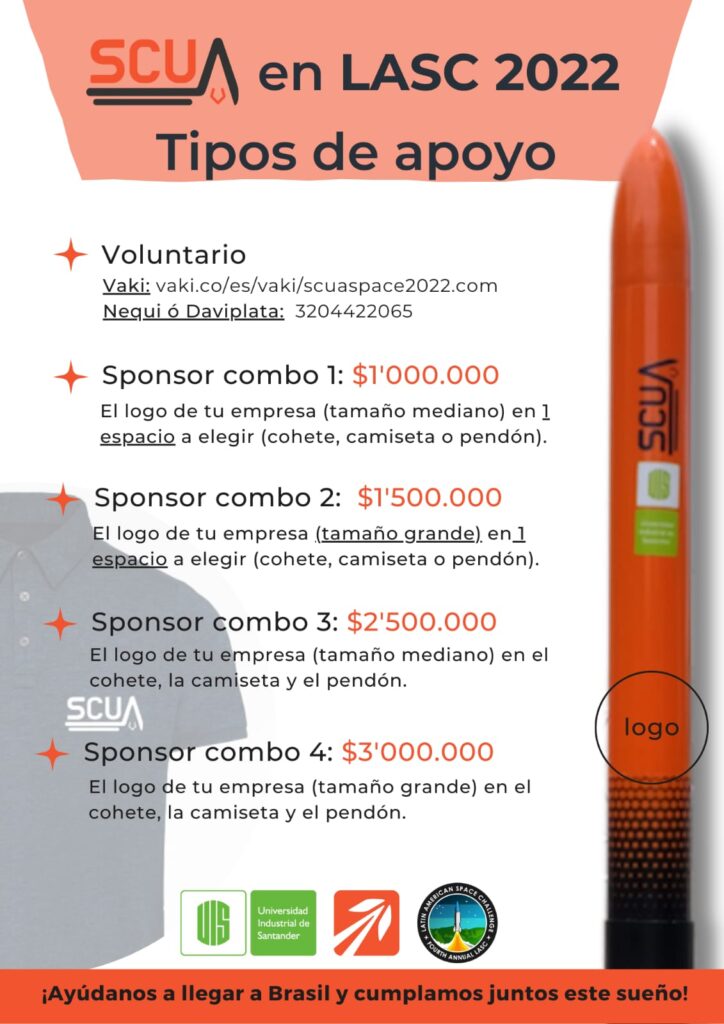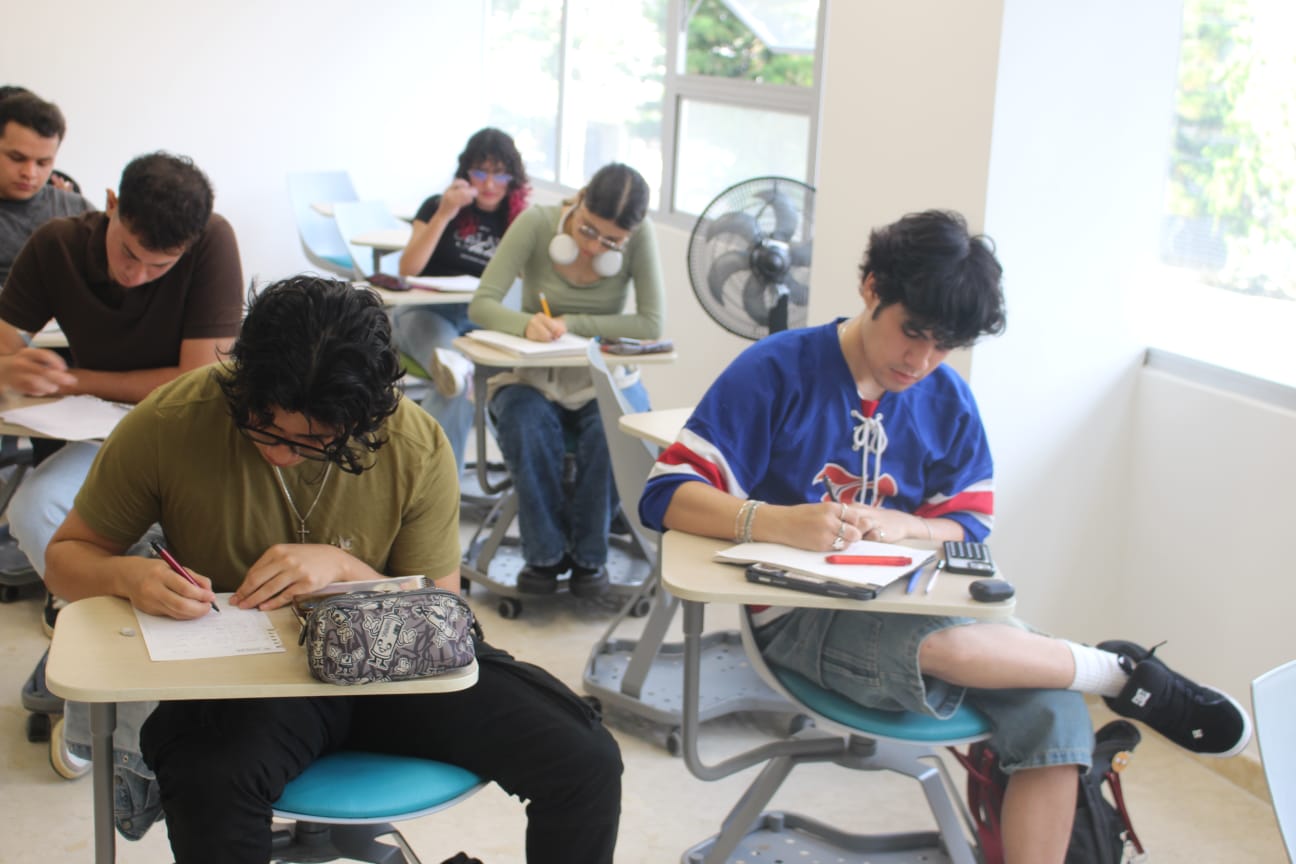
Launching a rocket to a great distance is not an easy task, nor does everyone measure up to it. However, the students of the Semillero UIS Aerospace of the Universidad Industrial de Santander will take on the challenge in the Latin American Space Challenge (LASC), to be held from August 5 to 7 in Brazil.
There will be 14 UIS students who will participate in the 4th edition of this Latin American space challenge, a worldwide event of launching rockets built by the launchers themselves.
According to Professor Julián Rodríguez Ferreira, director of the School of Electrical, Electronic and Telecommunications Engineering, the Cemos Research Group and the UIS Aerospace Seedbed, they will participate in two categories: Rocket Challenge and Satellite Challenge. The challenge is high power rocketry, where they must reach a height of 3 kilometers at its apogee and from there they will release a payload, in this case it will be a Cansat type satellite, which during its fall must fulfill functions such as measuring parameters of atmospheric variables and pollutants in the atmosphere.
According to Julián Rodríguez Ferreira, director of the School of Electronics, Electrical and Telecommunications Engineering, professor of the Cemos Research Group, and UIS Aerospace Seedbed, they will participate in two categories: Rocket Challenge and Satellite Challenge. The challenge will be high power rocketry, where they must reach a height of 3 kilometers at its apogee and from there they will release a payload, in this case, it will be a Cansat type satellite, which during its fall must fulfill functions such as: measure parameters of atmospheric variables and pollutants in the atmosphere.
Both the rocket and the Cansat are two products that were made in the seedbed. This is the third time that UIS participates in the LASC, but the first time they do it in person.
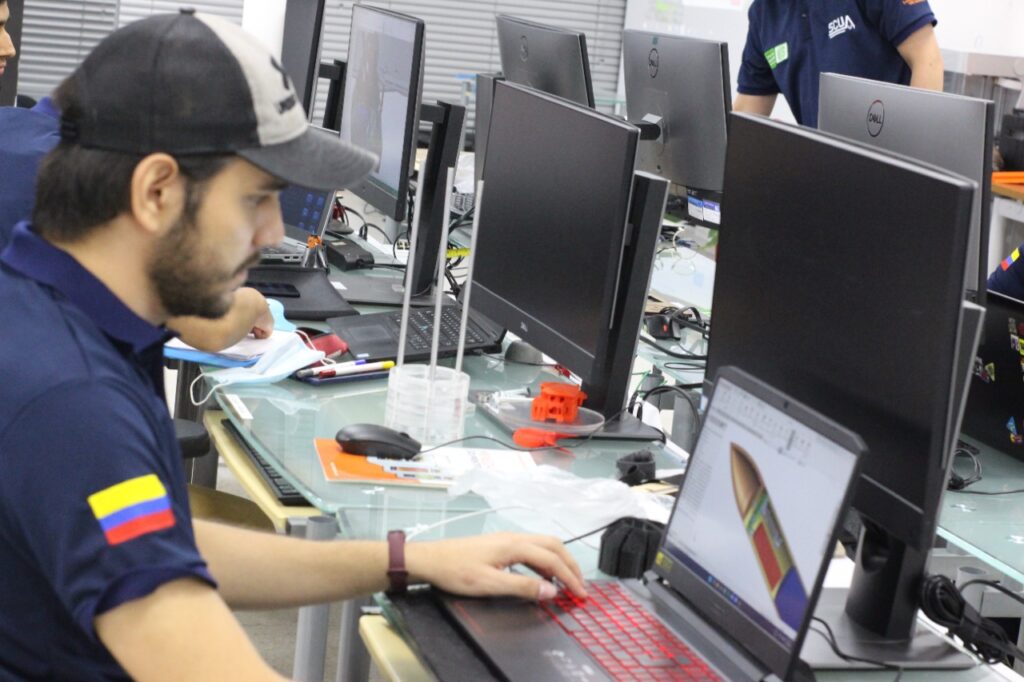

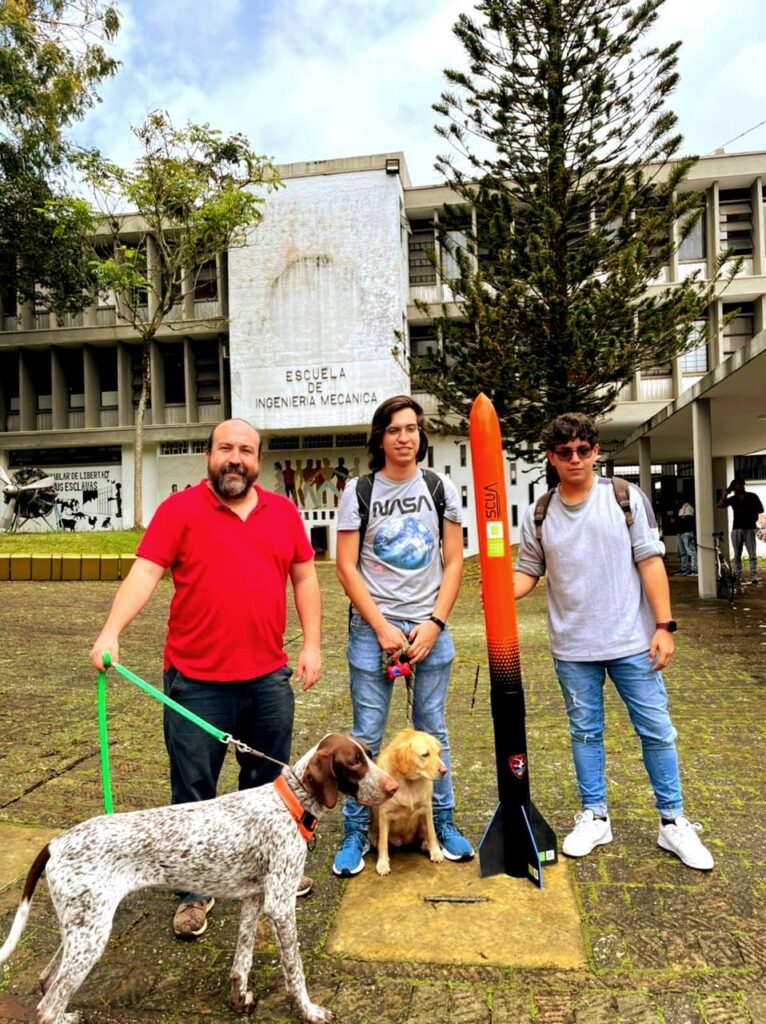

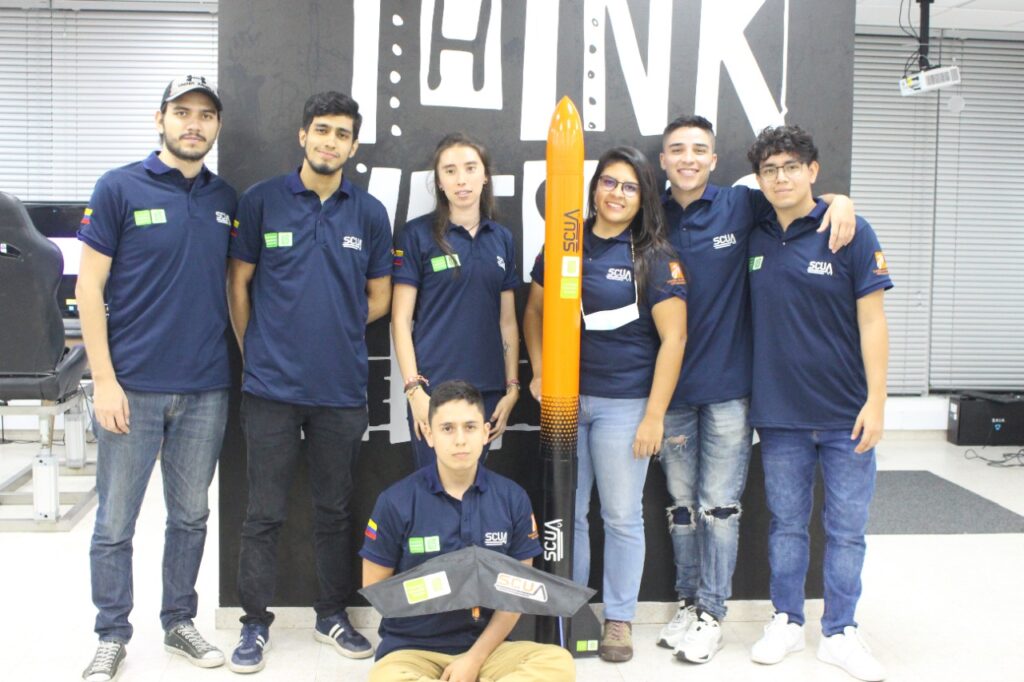
“The students carry out the entire engineering process, from the approach of the requirements and the mission, based on the rules of the competition, to take these requirements to a proposed design, which is validated through simulation calculations, different prototypes, ways to validate the entire process and thus leads to the rocket flight model,” said Rodriguez Ferreira.
The UIS team will compete against 47 teams from 9 different countries, a very big challenge. They will be the only representatives from Colombia. However, they are confident in their great capabilities and experience, mainly because their novel and differentiating proposal are based on the satellite, which has been designed specially.
“The students had very clear ideas from the beginning and aimed at a novel design, which seeks that the satellite at the moment of leaving the rocket makes a downward spiral flight controlled by a wing that is deployed from the satellite automatically and through a propellant (artificial intelligence algorithms) makes the movement of the cansat is controlled, this generates a plus that other teams do not have, “explains Professor Rodriguez Ferreira.
Support for travel
For this event, the UIS Aerospace Semillero has the support of the Vicerrectoría de Investigación y Extensión (VIE); part of this money was invested in the creation of the rocket. Collaboration is also being managed through the mobility programs to ensure a couple of places.
However, the high costs of this trip lead them to seek more resources, so they ask for the collaboration of companies and individuals, through donations; for this, they created different types of support such as:
